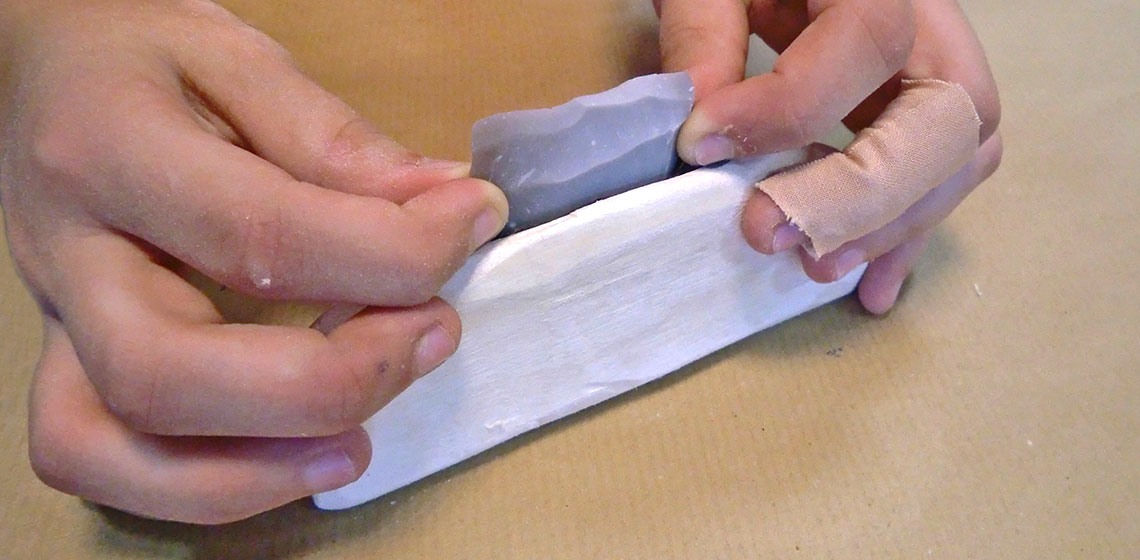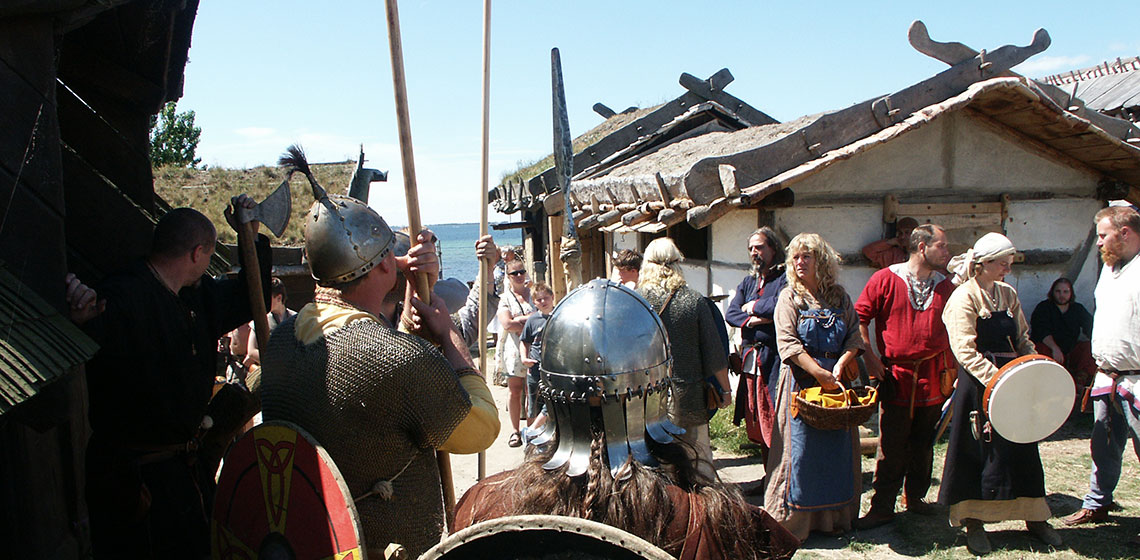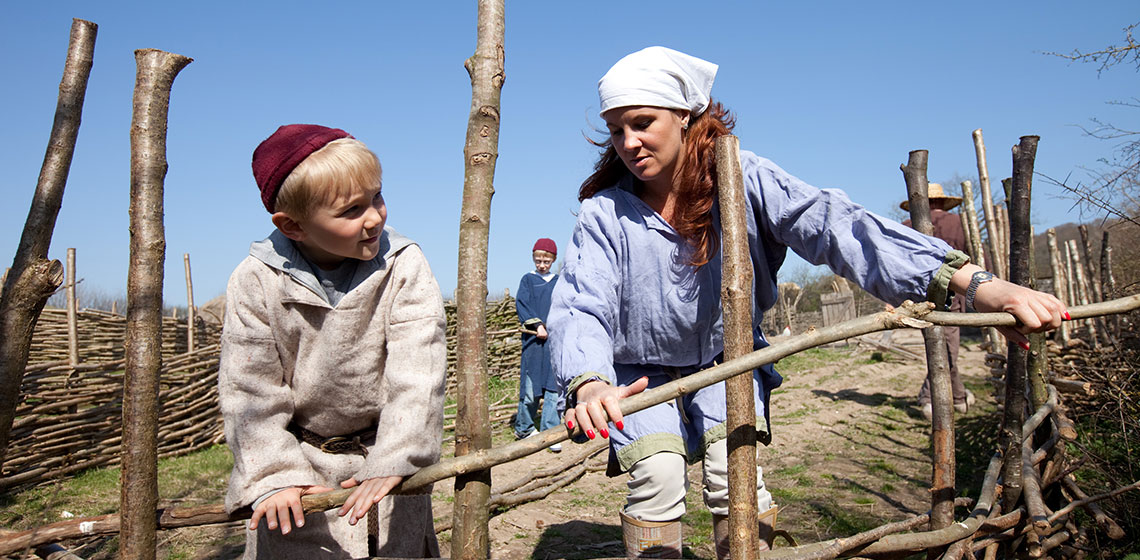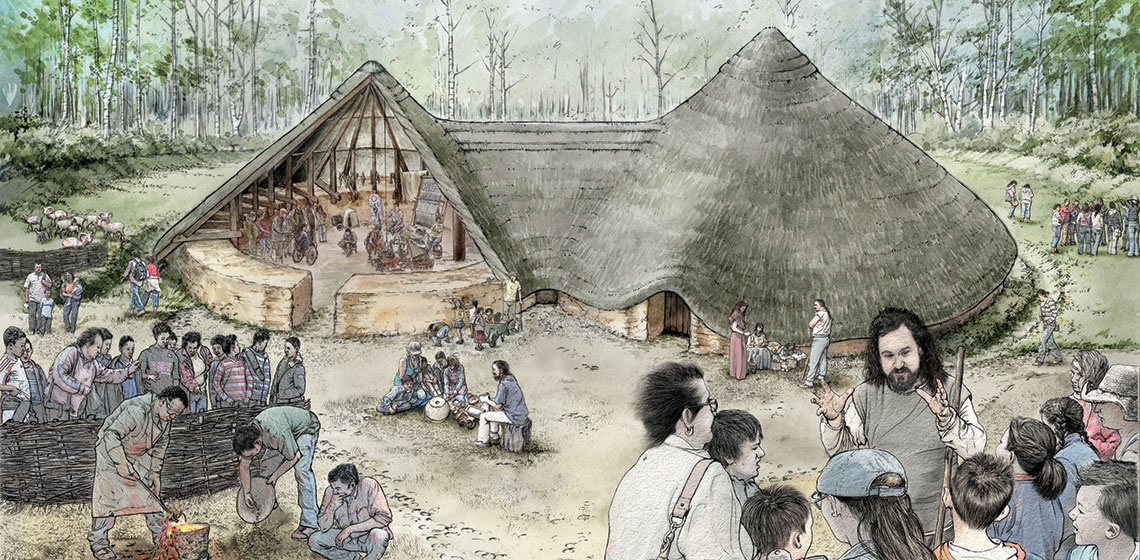Discussion: Working with Knives in Archaeological Open-Air Museums
This is an extract from a lengthy and lively Facebook discussion in the Archaeological Open Air Museums group, started on the 5th of February 2016 by Roeland Paardekooper, at that time in the Archäologisches Freilichtmuseum Oerlinghausen...









